How the Lead User Method Can Help You Validate Your Startup Idea
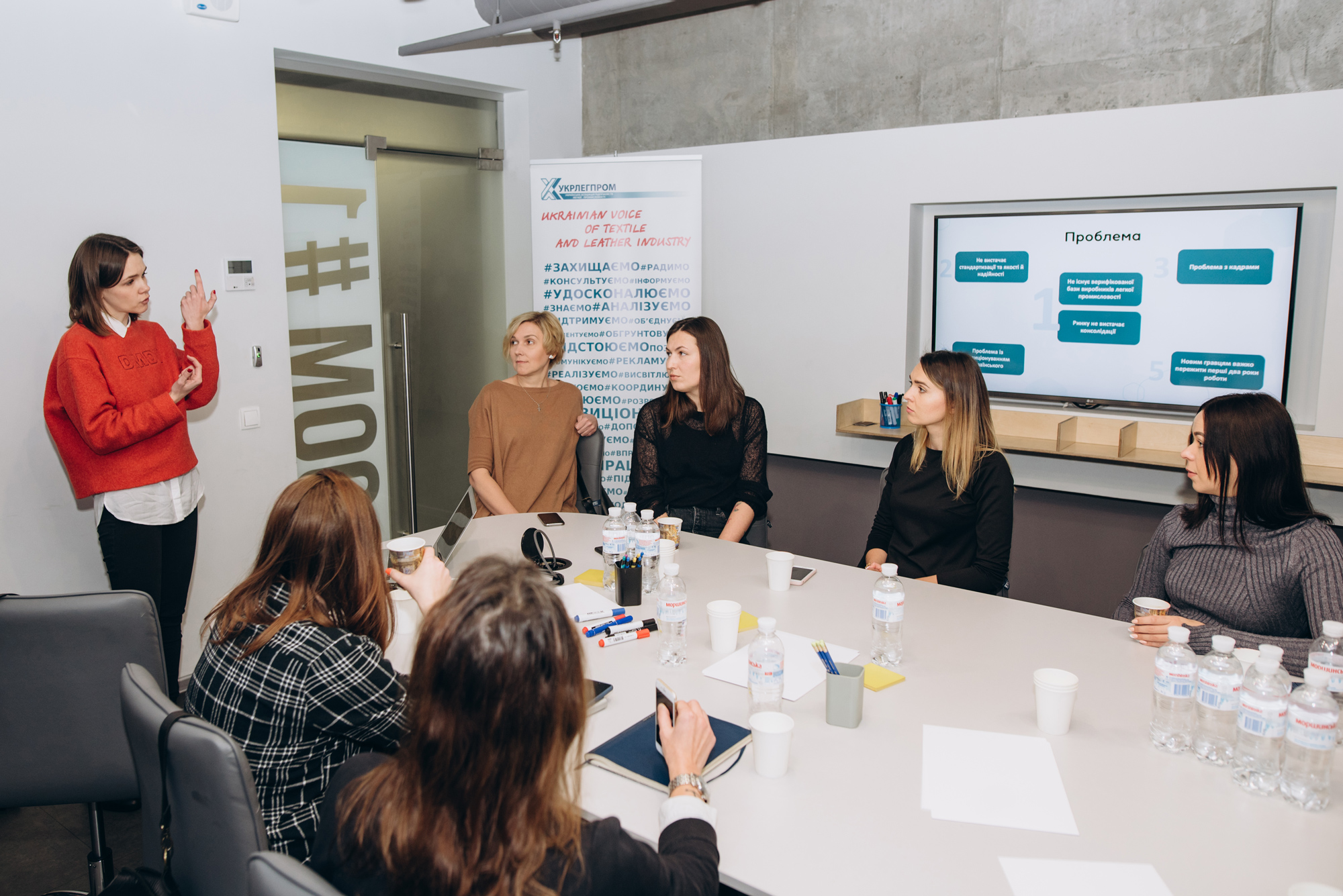
Creating something your users will find truly valuable requires thorough market investigation, comprehensive analysis, and diligent work. After all, you can’t build a digital product on assumptions alone. But even the most profound research won’t make you 100% sure that the product you create will meet the market demand perfectly.
How do you provide exactly what your end-users expect then? Simple: using the Lead User Method. Engaging your potential customers in the product creation process may just give you that edge over your competitors. So, what stands behind the Lead User Method, how does it work, and how could it help you shape your product? Let's find out.
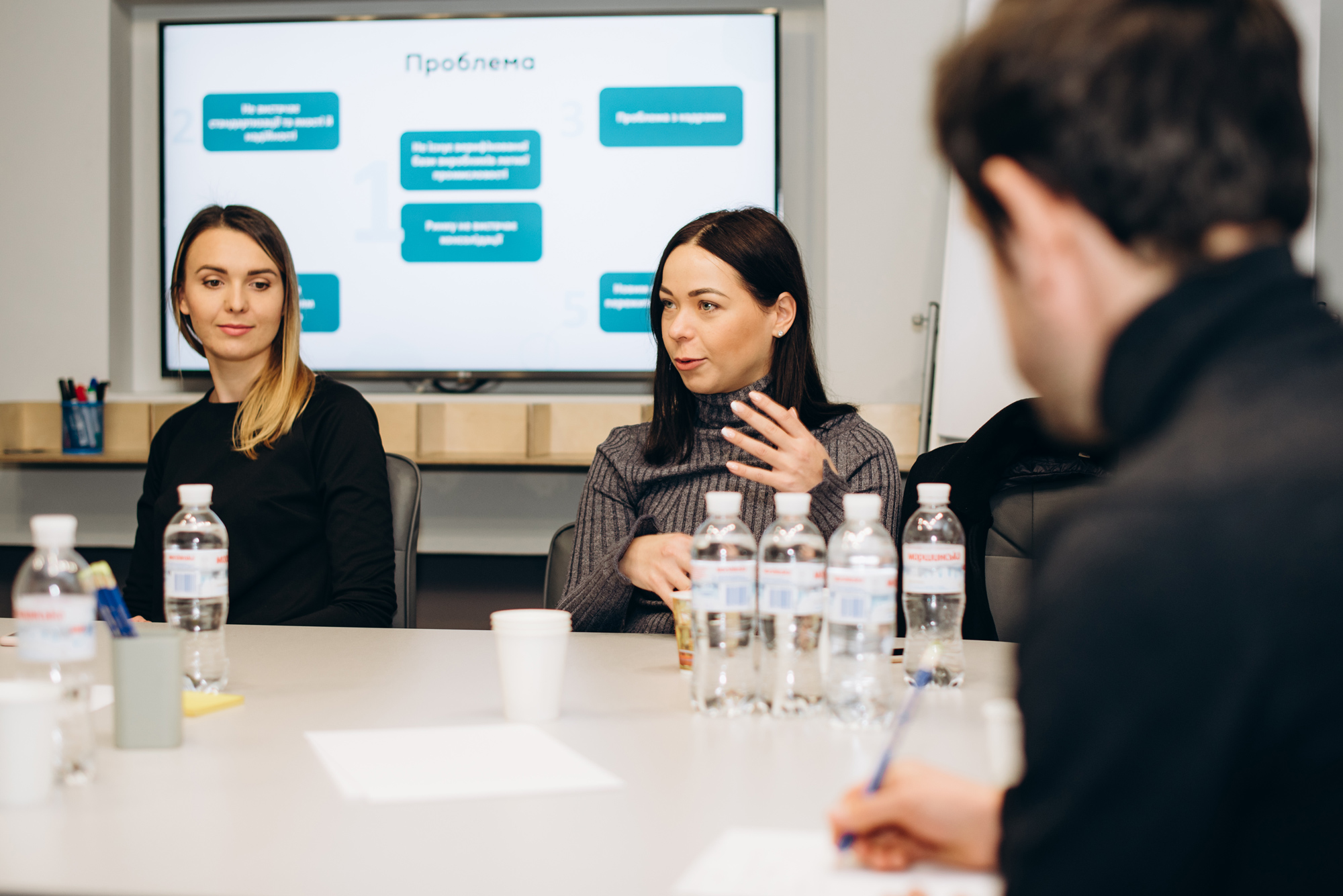
The Lead User Method: What Makes It So Special?
The Lead User Method is not new. It was developed back in the 1980s by Professor Eric von Hippel from Massachusetts Institute of Technology. He tumbled to the fact that the driving force behind innovations is not the manufacturers, but the progressive (lead) users who, nonetheless, usually stay out of the development process.
This focus group of innovators experiences the lack of a particular tool or service earlier and more vividly than the rest of the community, thus becoming:
- the source of initial investigation when drafting a product
- the instrument for idea validation
- a powerful promotional force after the product is launched.
According to this method, lead users should be involved in the product development process from the initial stages, work side by side with companies, alter the roadmap when needed, test the concept, the prototype, the MVP, and become the early adopters of the product as it appears on the market.
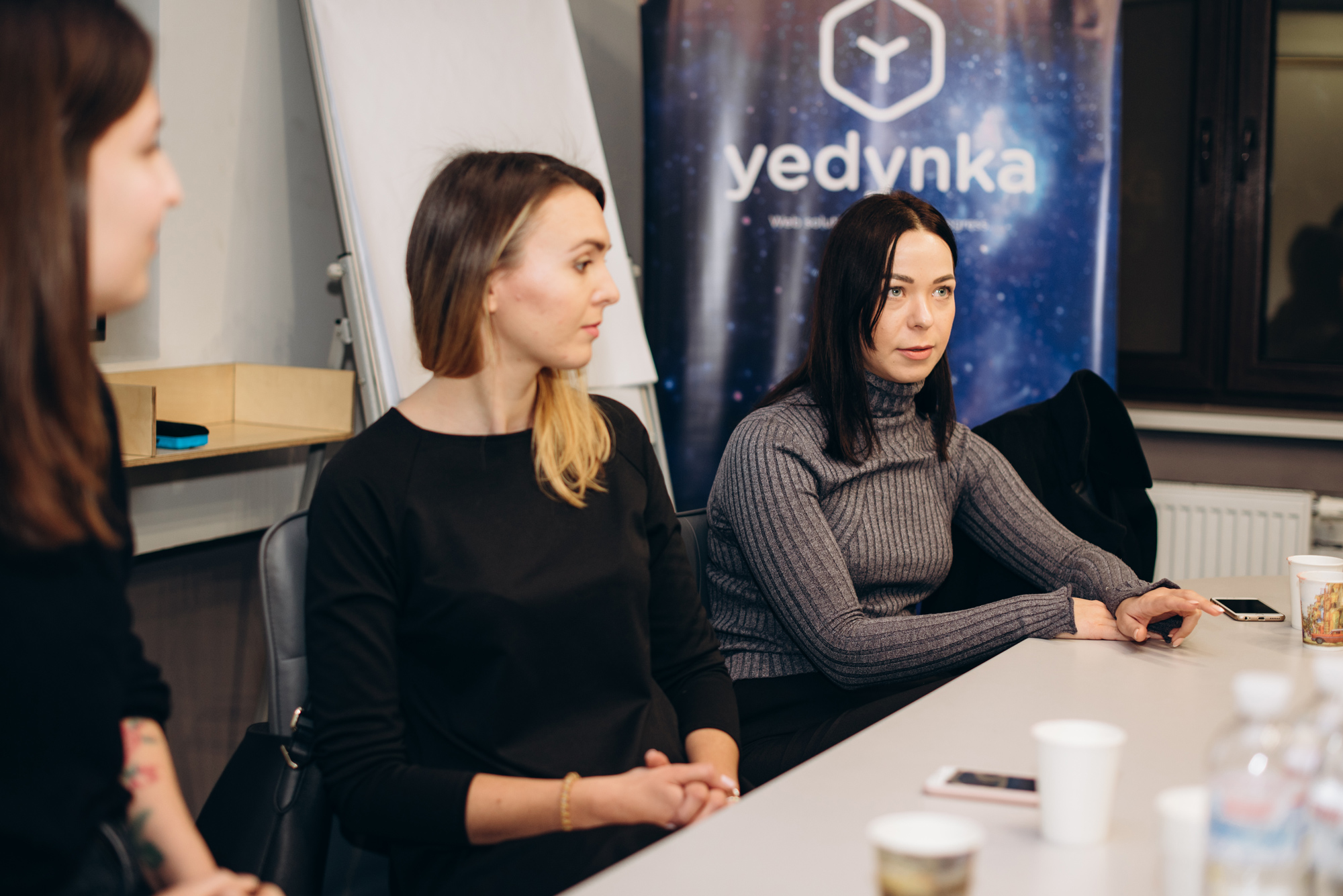
Stages of the Lead User Method in Digital Product Development
When we talk about the Lead User Method used in developing digital products, it usually implies four stages. Here’s what you need to do at each of them.
Stage 1. Launch of the Lead User Process
During the first stage, your task is to investigate the market, make assumptions, search for and examine the competitors. Then, based on the information gained, you consider who your potential users are in general and your lead users in particular.
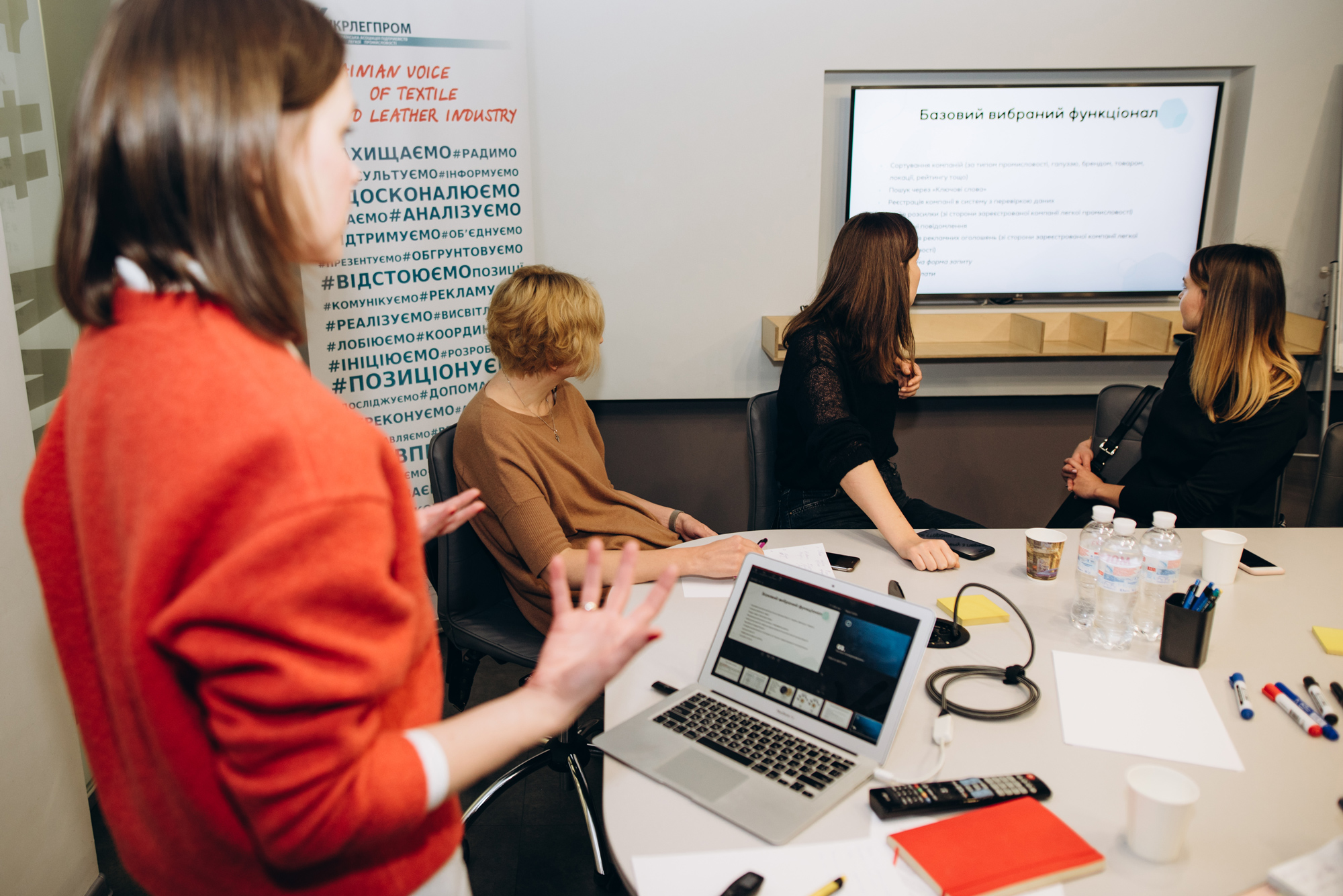
Stage 2. Identification of the Needs and Trends
At the second stage, you should make a list of the trends you see on the market and especially the ones that crop up in your niche. After that, you can ponder on the problems people face and how your product could solve them.
Stage 3. Identification of the Lead Users and Interviews
You should start this stage by identifying the people within each predefined lead user group and thoroughly interviewing them. At this stage, some of your assumptions will confirm while others will disprove, but more than that, it will reveal new information on the current needs and pain points of your target audience. Talking to the lead users will also show you what your product should look like and how it should work to satisfy your future customers. That is when your lead users become a part of your digital production process.
Stage 4. Concept Design (Workshop)
The last stage is a workshop where you present your concept of the product design to the focus group. You discuss the design with your lead users to understand whether you are on the right track or need to make some adjustments.
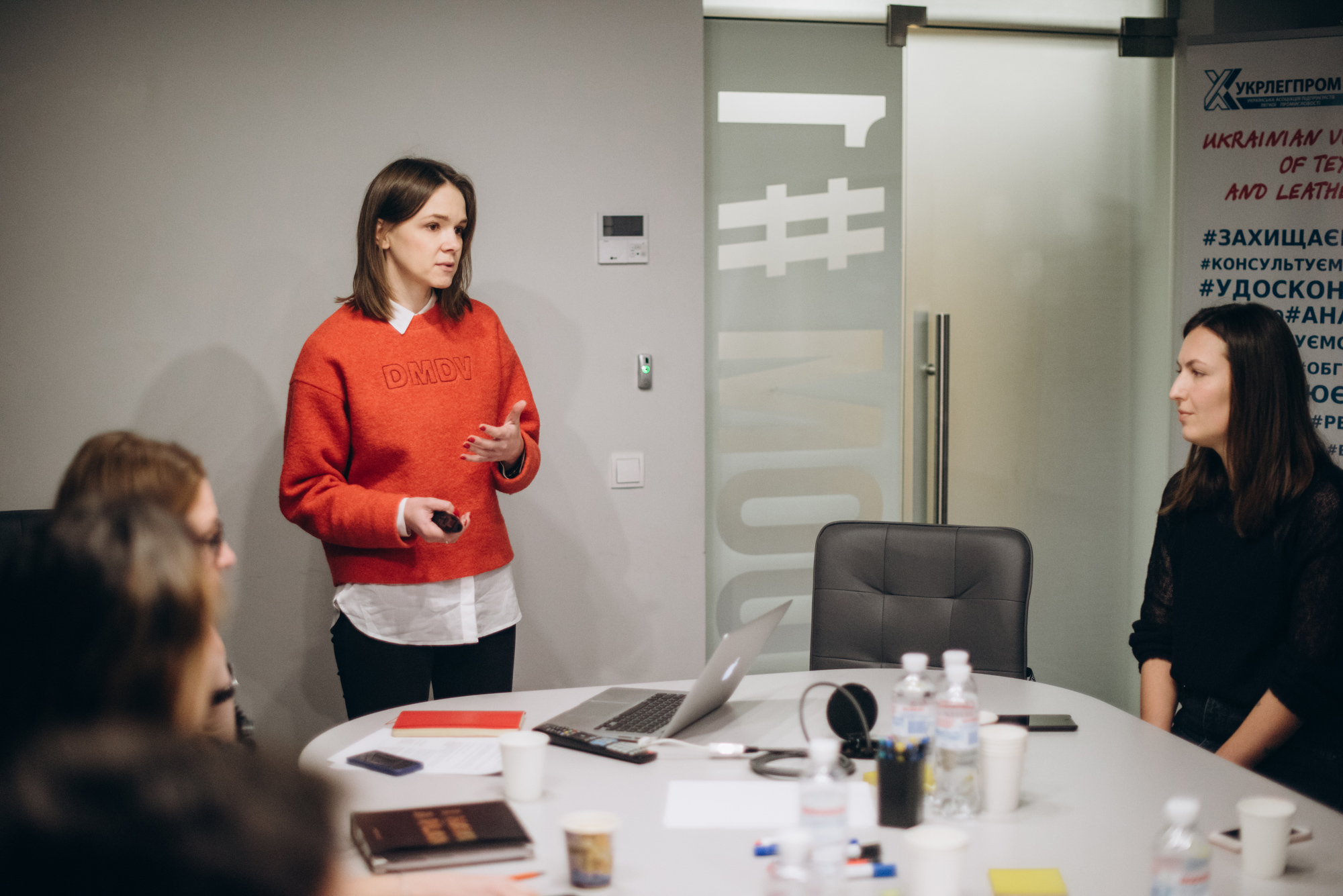
The Lead User Method in Practice
Theory always sounds good, but how do you apply the Lead User Method to your startup’s actual idea validation process? We have just the right example to show you.
Recently, Yedynka DGTL had an opportunity to implement the Lead User Method while working on a challenging yet exciting project for the European Bank of Reconstruction and Development (EBRD).
Being the accredited consultant of EBRD, we set out to improve the Ukrainian textile and apparel industry together. Out of all industries, this one has been showing the best results over the last years, but most stakeholders merely know about the existence of each other and search for partners abroad. On top of that, the market lacks standardization and consolidation.
We had a theory that the industry could use a database that would hold information about its players in a single place. But that was just a theory, which meant that we needed to prove it before we started implementing it. We also had to find out what the database had to do and how it had to function. It was a perfect opportunity to apply the Lead User Method in real life. We went through all four of its stages.

Stage 1. We researched the market to spot similar projects in other countries and talked to the current industry leaders.
Stage 2. Having done that, we gained a vision of what product the industry needs and what pain points it has.
Stage 3. Now, we had to determine our lead users, so we started thinking who suffers from not having a database like that. This led us to establish several groups: the manufacturers, the retailers, the suppliers, the designers, etc. And when we had them, we were ready to discuss our concerns and theories with actual experts.
Yedynka DGTL made a list of around 20 lead users and thoroughly interviewed ten of them from different groups. The process was immensely interesting as we discovered:
- why the industry can't develop faster
- what problems the market participants faced daily
- their vision of the product that would help them overcome their issues.
Stage 4. At the last stage, we were ready to validate the prototype of the product. We started by carefully studying the results of the interviews, followed by several brainstorming sessions inside our team to add our expertise and the best practices of other countries. That’s how we created the first wireframes.
But before we were ready to present the prototype to the client, we showed the concept, the workflow, and the functions of the future product to the lead users. The feedback we received was invaluable. After taking it into account, we were ready to proceed with our MVP.
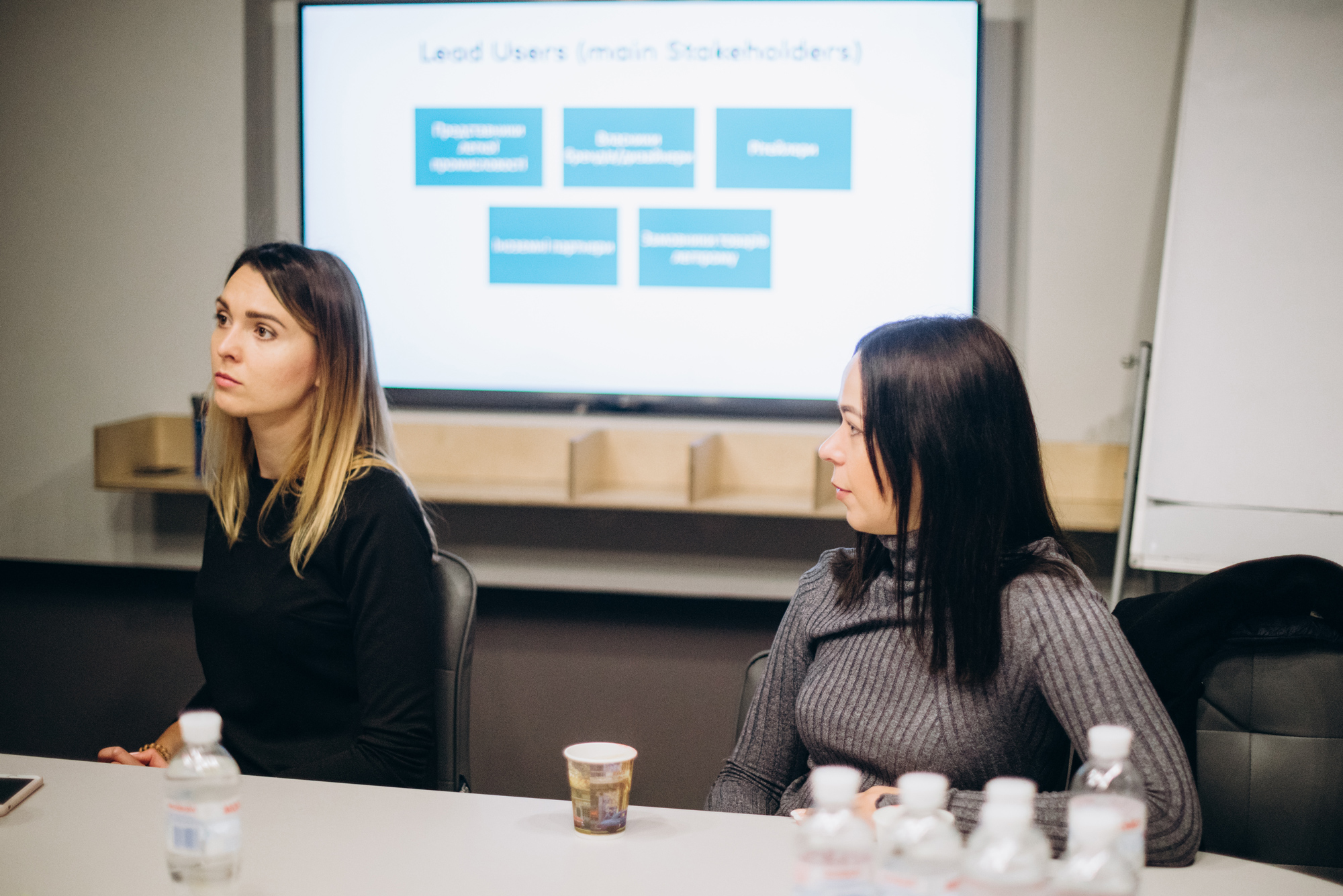
The MVP was successfully presented in November 2019, and now we're starting the promotion phase. You can see UTEX, the first Ukrainian marketplace of clothing, footwear and textiles manufacturers, here. But we couldn’t have done it right without the combination of our experience in creating compelling digital products, the best practices of other countries, and the expertise of the people who are likely to be the first users and promoters of our product.
Make the Most of the Lead User Method
Sure, applying the Lead User Method requires time and strong analytical skills, but it’s worth every effort. And if we could give you a couple of tips on how to make this method work best for you, they would be:
- Take your time at the initial stage. Investigate the market, the best practices, the current state of the vertical. It’s critical to define the right stakeholders and carefully prepare interview questions (make them brief but efficient).
- Hear every lead user out, BUT don't take everything they say as a fact. People tend to be overly emotional, have different levels of experience and competence, even different reasons for cooperating with you. Your goal is to see the prevailing trend and concentrate on the general opinion.
- Make your investigation diverse. This one is critical when you want to see the full picture. Think of the industry as a whole and define which stakeholders take part in it. Speak with different people responsible for various tasks. Think outside of the box.
- Write everything down. Yes, that simple. When you jot your ideas and results down regularly, you’ll have both useful information for further work and evidence of how hard you’ve worked for the client.
- Use customer journey maps. Think of your users’ daily routine and try to pinpoint the conditions or times when they experience the lack of your product. Then, discuss it with your lead users. These customer journey maps are useful for the UX and the promotion of your product because you will know precisely what and when to say to convince them that they need it.
- Make your lead users feel involved in the process of product development. Sending follow-ups or making demo meetings can help you stay on the right track and boost the loyalty of your lead users.
- Don’t be afraid to ask questions. Discuss your ideas, your doubts, your views with your team and your lead users. Seriously, when in doubt, ask questions. It’s an excellent way to discover better solutions.

Connecting the Dots
The Lead User Method can become a powerful tool in your startup idea validation process. But you should know that it’s not a stand-alone tool: the method should be used in combination with your expertise and global best practices. And though using the knowledge of the people who are likely to become the first users and advocates of your product is an excellent idea, it’s still just the starting point.
